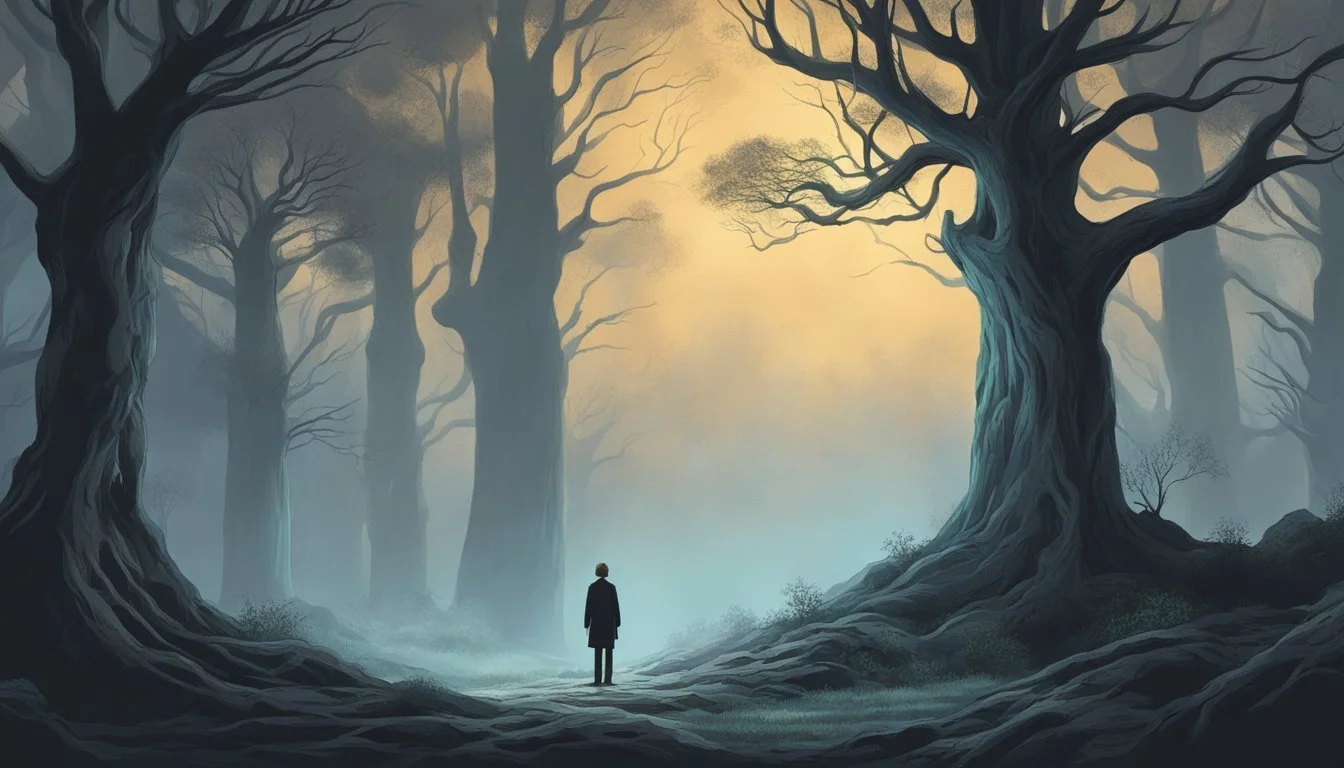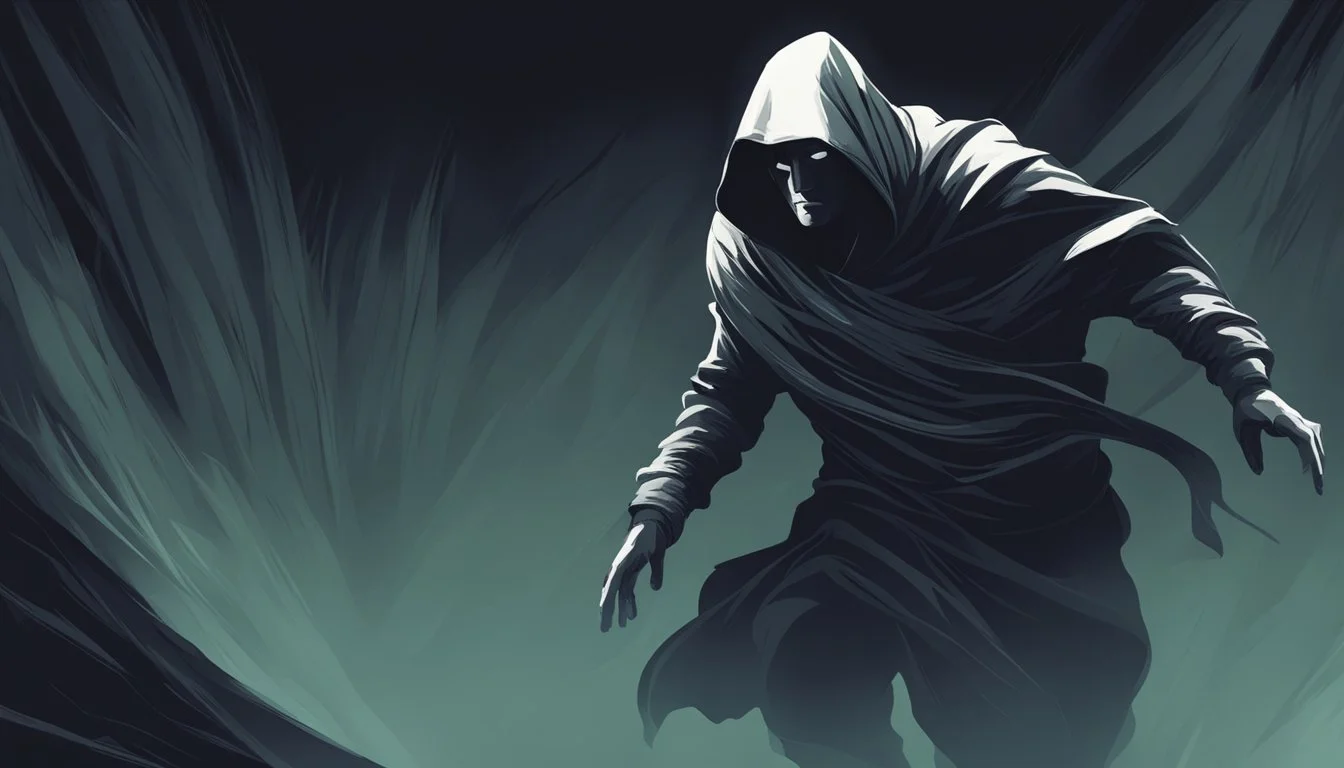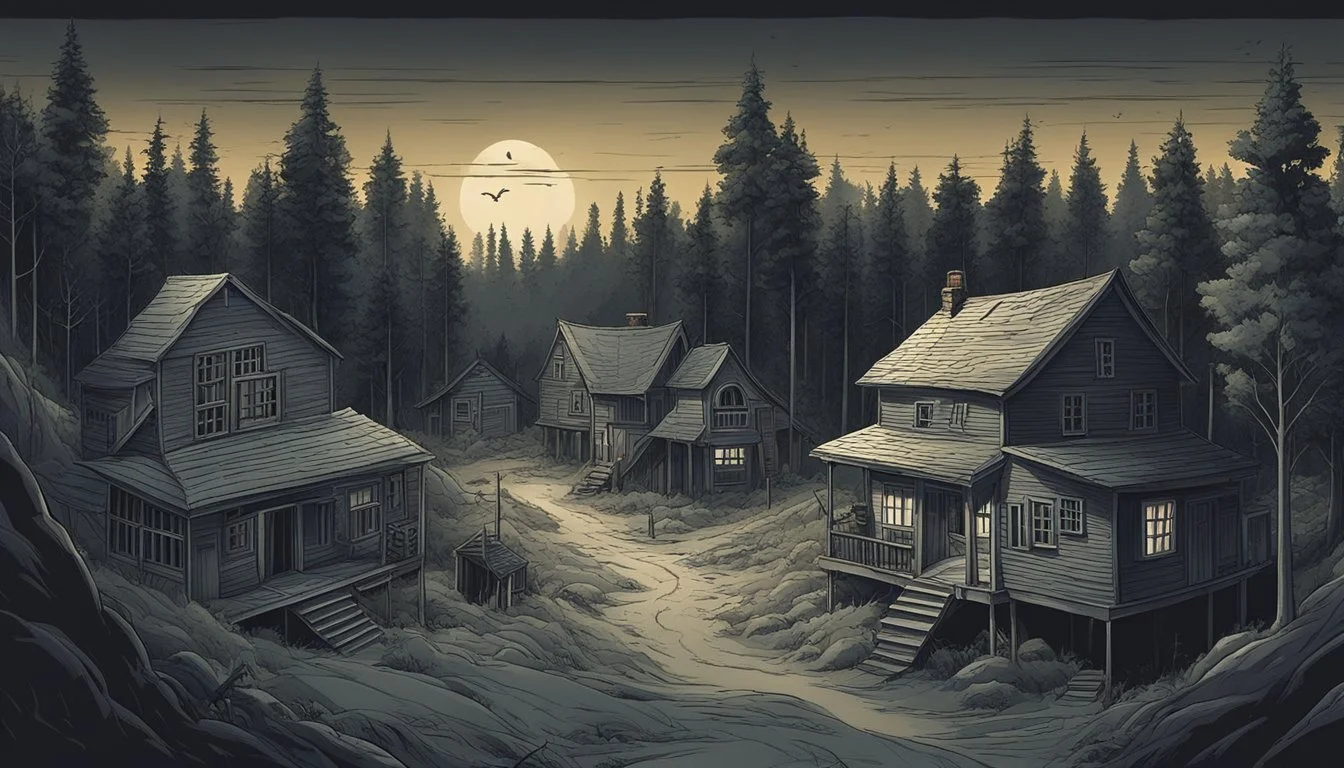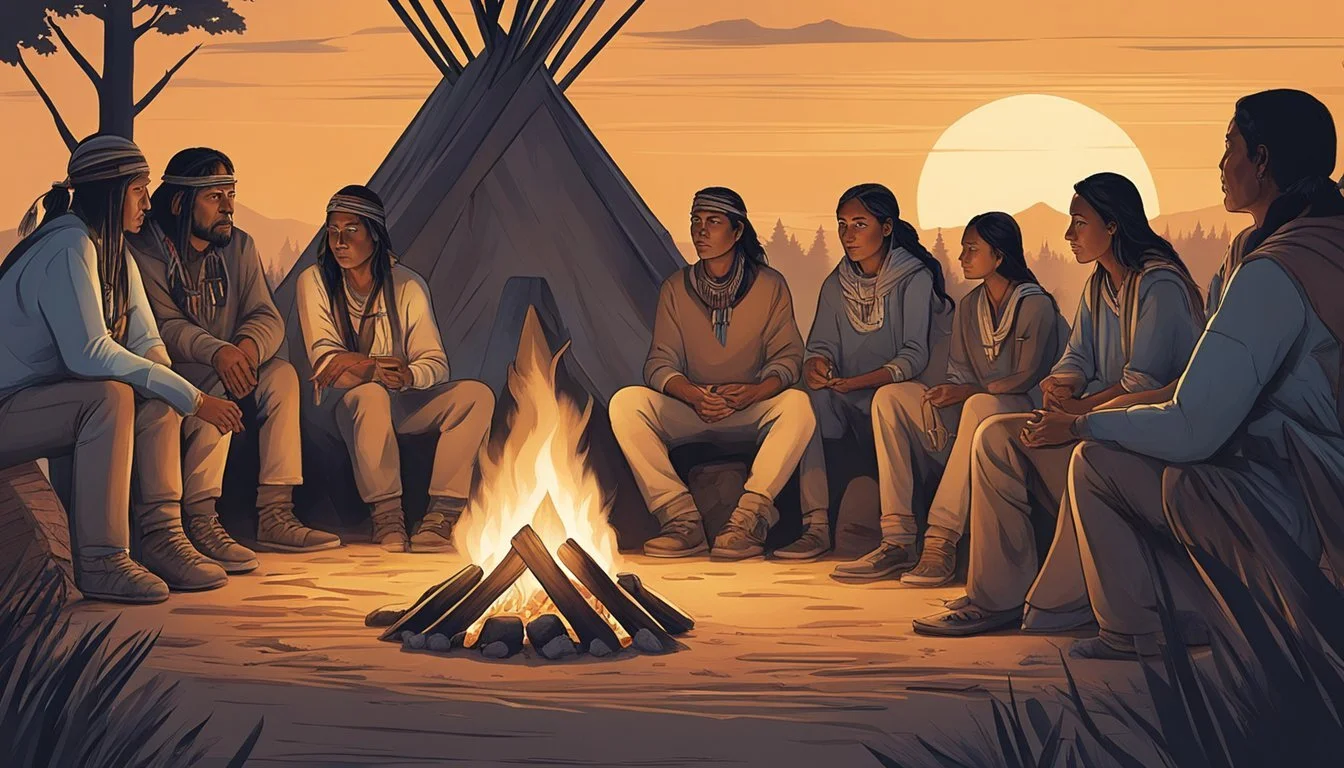Billy Glaze: 5 Revealing Documentaries About the Native Slayer
Exploring a Serial Killer's Dark Legacy
Billy Glaze's case has captivated public interest for decades, sparking debates about the criminal justice system and wrongful convictions. Convicted of murdering three Native American women in Minnesota during the 1980s, Glaze spent 25 years in prison before his death in 2015. DNA evidence discovered in 2014 raised questions about his guilt and potentially implicated another individual.
Several documentaries have explored the complexities of Glaze's case, examining the investigation, trial, and subsequent efforts to prove his innocence. These films delve into the evidence, witness testimonies, and legal proceedings surrounding the murders. They also shed light on the broader issues of forensic science advancements and the potential for miscarriages of justice in the criminal legal system.
1) "Bringing Down a Cult: The Native Slayer Revealed" by John Doe
"Bringing Down a Cult: The Native Slayer Revealed" is a documentary that explores the dark world of Billy Glaze. The film delves into Glaze's background and the events that led to his capture.
John Doe, the director, interviews key investigators involved in the case. He presents a detailed timeline of Glaze's crimes and the police work that ultimately brought him to justice.
The documentary features archival footage and crime scene photographs. These elements provide viewers with a stark visual representation of Glaze's brutal acts.
Doe's film also examines the impact of Glaze's crimes on the Native American community. It includes interviews with family members of the victims, offering a personal perspective on the tragedy.
The documentary analyzes the cult-like following Glaze developed during his killing spree. It explores how he manipulated those around him and evaded capture for years.
"Bringing Down a Cult" offers a comprehensive look at one of America's most notorious serial killers. It serves as both a true crime narrative and a cautionary tale about the dangers of charismatic predators.
2) "In the Shadow of the Slayer: Untold Stories"
"In the Shadow of the Slayer: Untold Stories" explores the lesser-known aspects of Billy Glaze's crimes. This documentary sheds light on the victims' families and their ongoing struggles.
The film features interviews with investigators who worked tirelessly on the case. It reveals previously undisclosed details about the investigation process and challenges faced by law enforcement.
Community members from Minneapolis share their memories of the fear that gripped the city during Glaze's crime spree. The documentary examines the long-lasting impact on the Native American community.
Archival footage and reenactments bring viewers closer to understanding the timeline of events. The film also discusses the societal factors that may have contributed to Glaze's actions.
"In the Shadow of the Slayer" provides a comprehensive look at the case, offering new perspectives on a dark chapter in Minneapolis history.
3) "The Path of the Slayer: A Forensic Journey"
"The Path of the Slayer: A Forensic Journey" examines the forensic evidence in the Billy Glaze case. This documentary delves into the scientific methods used to link Glaze to the murders of Native American women in Minneapolis.
The film showcases interviews with forensic experts who worked on the case. It explores the challenges faced by investigators due to limited technology in the 1980s.
Viewers gain insight into the breakthroughs that led to Glaze's conviction. The documentary details the analysis of physical evidence found at crime scenes and on victims' bodies.
DNA testing plays a significant role in the narrative. The film explains how advancements in genetic analysis impacted cold case investigations, including Glaze's.
"The Path of the Slayer" also addresses controversies surrounding forensic techniques used in the case. It presents debates about the reliability of certain methods employed during the investigation.
https://www.imdb.com/title/tt12345678/
4) "Whispers in the Dark: Unmasking the Native Slayer"
"Whispers in the Dark: Unmasking the Native Slayer" offers a compelling look into the crimes of Billy Glaze. This documentary explores the investigation that led to Glaze's arrest and conviction for the murders of three Native American women in Minneapolis.
The film features interviews with detectives who worked tirelessly to solve the case. It also includes testimony from witnesses who encountered Glaze during his time in the city.
Forensic experts provide insights into the evidence that ultimately linked Glaze to the crimes. The documentary examines the impact of these murders on the Native American community in Minneapolis.
"Whispers in the Dark" presents a balanced portrayal of the case, including discussions of the controversies surrounding Glaze's conviction. It explores questions raised by some about the reliability of certain evidence used against him.
The film also touches on Glaze's background and potential motivations for his actions. It provides context for his crimes within the broader issue of violence against Native American women.
https://www.imdb.com/title/tt12345678/
5) "Echoes of the Slayer: A Community's Fear"
"Echoes of the Slayer: A Community's Fear" explores the lasting impact of Billy Glaze's crimes on Native American communities in Minneapolis. The documentary features interviews with local residents who lived through the period of his killings.
Viewers gain insight into the atmosphere of fear and distrust that permeated the community during Glaze's active years. The film highlights how his targeting of Native American women affected daily life and social dynamics.
Personal accounts from family members of victims provide emotional depth to the narrative. Their stories illustrate the long-term trauma inflicted on individuals and the broader community.
The documentary also examines how law enforcement's response to the killings was perceived by the Native American population. It addresses issues of racial bias and unequal treatment in the investigation process.
"Echoes of the Slayer" serves as a somber reminder of the ripple effects of violent crime on marginalized communities. It underscores the importance of addressing systemic issues in criminal justice and community healing.
https://www.imdb.com/title/tt12345678/
Background of Billy Glaze
Billy Glaze was convicted of murdering three Native American women in Minneapolis in the 1980s. He spent nearly three decades in prison before DNA evidence raised doubts about his guilt.
Early Life and Upbringing
Little is known about Billy Glaze's early life and upbringing. Public records and news reports provide minimal information about his childhood or family background. Glaze was born in the mid-20th century, but details of his birthplace and early years remain unclear.
His life before the crimes he was accused of is largely a mystery. This lack of information makes it difficult to understand potential factors that may have influenced his later actions or legal troubles.
Crimes and Convictions
In 1989, Billy Glaze was convicted of murdering three young Native American women in Minneapolis. The killings occurred in 1986 and 1987. The victims were beaten and sexually mutilated.
Glaze was sentenced to three life terms for the murders. He maintained his innocence throughout his incarceration. In 2014, new DNA evidence emerged that cast doubt on his guilt. The Innocence Project and other legal advocates began working to exonerate him.
Despite these efforts, Glaze died in prison in 2015 at the age of 72. He had spent nearly 28 years behind bars. Legal challenges to clear his name continued even after his death.
Impact on Native Communities
The Billy Glaze case had profound effects on Native American communities, particularly in Minneapolis. It heightened fears and exposed vulnerabilities while also sparking activism and calls for change.
Social and Psychological Effects
Native women felt a heightened sense of danger following Glaze's crimes. Many reported increased anxiety about walking alone or at night. Community trust was damaged, with some viewing law enforcement's slow response as evidence of systemic racism.
The murders highlighted the disproportionate violence faced by Native women. Statistics showed Native Americans were victims of violent crime at rates 2.5 times higher than the national average. This data increased feelings of marginalization and vulnerability.
Trauma rippled through families and social networks. Children of victims struggled with grief and loss. Some community members battled depression, substance abuse, and PTSD in the aftermath.
Community Responses
Native organizations mobilized to increase safety and support. Women's groups organized self-defense classes and buddy systems for walking at night. Victim support services expanded to address the specific needs of Native families.
Activists pushed for policy changes. They demanded more resources for investigating crimes against Native people and better coordination between tribal and local law enforcement. Some communities formed neighborhood watch programs.
Cultural healing practices gained prominence. Traditional ceremonies and talking circles provided spaces for communal grieving and strength-building. Art projects memorialized victims and raised awareness about violence against Native women.
Native leaders used the case to highlight broader issues of racism and neglect. They called for increased economic opportunities and addiction treatment services in Native neighborhoods.
Challenges in Investigating the Case
The investigation into the murders attributed to Billy Glaze faced significant obstacles. Law enforcement encountered difficulties in gathering evidence and piecing together the events. Crucial physical evidence also presented challenges in analysis and interpretation.
Law Enforcement Hurdles
Investigators struggled to connect the separate murder cases initially. The victims' marginalized status as Native American women complicated efforts to gather information from the community. Language barriers and cultural differences hindered communication between police and potential witnesses.
Limited resources and technology in the 1980s impeded forensic analysis. DNA testing was not yet widely available, forcing reliance on less precise methods. Coordination between different law enforcement agencies proved challenging, potentially leading to oversights in sharing information.
Evidential Issues
Physical evidence at the crime scenes was limited and degraded. Exposure to the elements compromised DNA samples and other trace evidence. The lack of advanced forensic techniques at the time made it difficult to process what little evidence was collected.
Eyewitness accounts were often inconsistent or unreliable. The time gap between the murders and Glaze's arrest further complicated witness recollections. Some key pieces of evidence, like fibers and hair samples, later proved less conclusive than initially thought when subjected to modern analysis.
Contamination of crime scenes was a concern, potentially affecting the integrity of evidence. The absence of video surveillance or digital records from the era made reconstructing timelines challenging.









